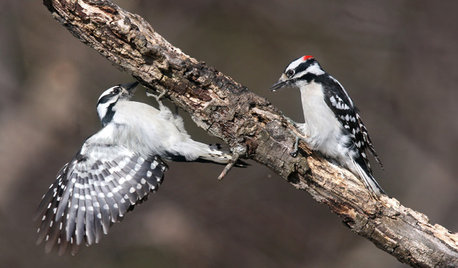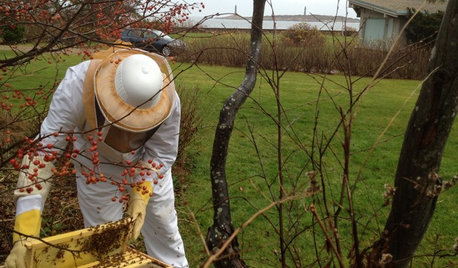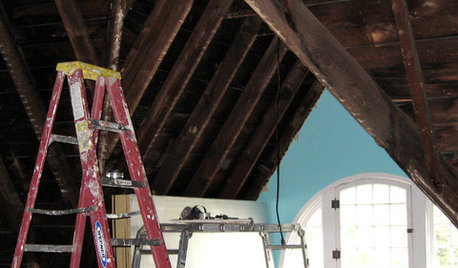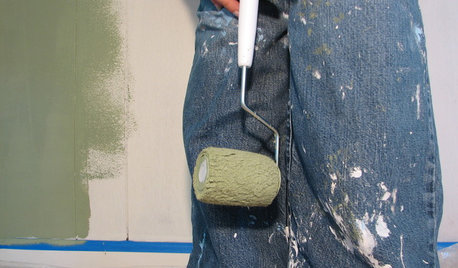Can someone help me identify this species of walnut?
nomorenicksleft
12 years ago
Related Stories

GARDENING FOR BIRDSBackyard Birds: How to Identify Two Common Woodpeckers
Downy and hairy woodpeckers have similar coloration and behavior. But there are two big differences that separate them
Full Story
LIFEYou Said It: ‘You Can Help Save the Bees’ and More Houzz Quotables
Design advice, inspiration and observations that struck a chord this week
Full Story
REMODELING GUIDES8 Lessons on Renovating a House from Someone Who's Living It
So you think DIY remodeling is going to be fun? Here is one homeowner's list of what you may be getting yourself into
Full Story
COFFEE WITH AN ARCHITECTClassification of the Design Species
A scientific analysis of the diverse variety of species found in the world of design
Full Story
DECORATING GUIDESCould a Mission Statement Help Your House?
Identify your home’s purpose and style to make everything from choosing paint colors to buying a new home easier
Full Story
ORGANIZINGGet the Organizing Help You Need (Finally!)
Imagine having your closet whipped into shape by someone else. That’s the power of working with a pro
Full Story
LIFEDecluttering — How to Get the Help You Need
Don't worry if you can't shed stuff and organize alone; help is at your disposal
Full Story
ORGANIZING4 Questions to Help You Organize Your Favorite Photos
Organize your keeper photos with a system that's just right for you, whether it's in the cloud or you can hold it in your hand
Full Story
PAINTINGHelp! I Spilled Paint on My Clothes — Now What?
If you’ve spattered paint on your favorite jeans, here’s what to do next
Full Story









johnmerr
nomorenicksleftOriginal Author
Related Professionals
Forest Park Landscape Architects & Landscape Designers · Apollo Beach Landscape Contractors · Dallas Landscape Contractors · Fort Atkinson Landscape Contractors · Gloucester Landscape Contractors · Hendersonville Landscape Contractors · Mastic Beach Landscape Contractors · Silver Firs Landscape Contractors · Bensenville Landscape Contractors · Dale City Siding & Exteriors · Foothill Farms Decks, Patios & Outdoor Enclosures · Grandview Decks, Patios & Outdoor Enclosures · New Lenox Decks, Patios & Outdoor Enclosures · Rocklin Decks, Patios & Outdoor Enclosures · Eustis Decks, Patios & Outdoor Enclosurescacau
nomorenicksleftOriginal Author
Embothrium
lucky_p
cacau
nomorenicksleftOriginal Author
cacau
nomorenicksleftOriginal Author
bengz6westmd
cacau
nomorenicksleftOriginal Author
lucky_p
nomorenicksleftOriginal Author
lucky_p
lucky_p
esjohnsonboulder